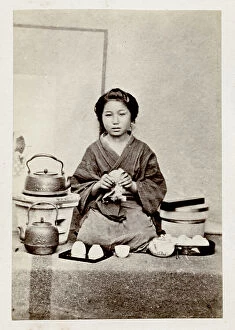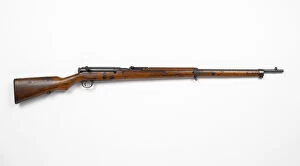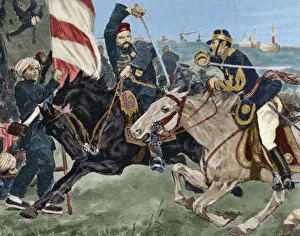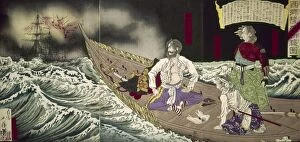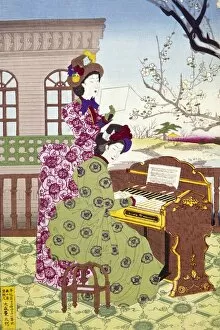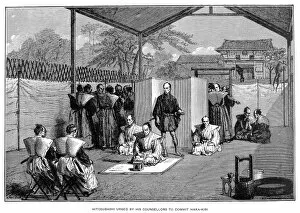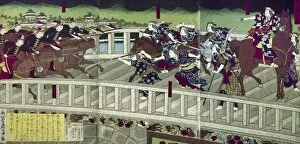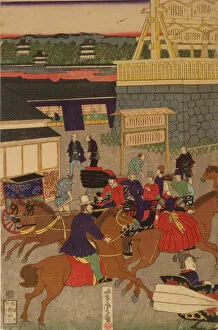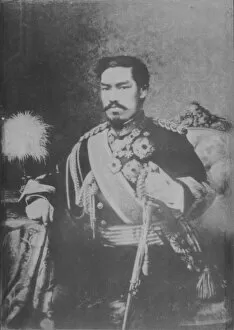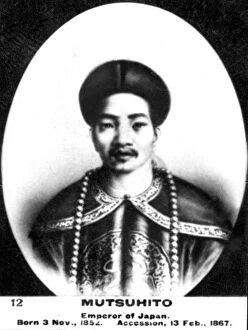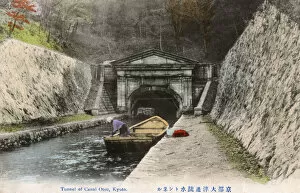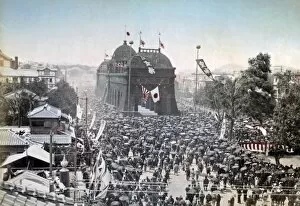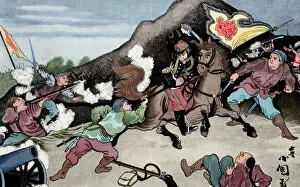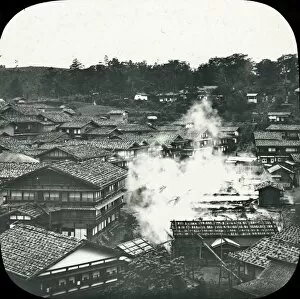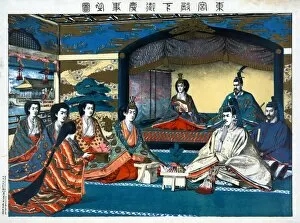Meiji Collection (#27)
"Exploring the Rich Heritage of Meiji: From Weddings to Shinto Shrines" Step into the enchanting world of Meiji
For sale as Licensed Images
Choose your image, Select your licence and Download the media
"Exploring the Rich Heritage of Meiji: From Weddings to Shinto Shrines" Step into the enchanting world of Meiji, a captivating era in Japan's history that witnessed remarkable transformations. One cannot help but be mesmerized by the grandeur Jingu Shrine, an iconic symbol nestled amidst Tokyo's bustling streets. This sacred place holds deep significance for weddings, where couples seek blessings and embark on their journey together. Delve into the pages of history with glimpses from a humorous diplomatic atlas depicting an anti-Russian map during the Russo-Japanese War. The cartoon impressions vividly portray the intensity and wit displayed during this significant conflict between two powerful nations in 1904. Transport yourself back to c. 1880s as you witness a young woman delicately putting on makeup at her mirror, capturing a snapshot of beauty rituals prevalent during that time. Immerse yourself further with a Japanese woodcut poster from 1886 showcasing the vibrant Occidental Chariko Great Circus - an amalgamation of artistry and entertainment. Uncover tales of valor as young Samurai warriors train rigorously for battle, preparing themselves for historic events like the Satsuma Rebellion in 1877. These wood engravings offer us glimpses into their disciplined lives and unwavering dedication towards their cause. Embark on a journey through time aboard railways that connected Kanagawa near Yokohama - witness how these iron tracks revolutionized transportation in Japan during its early stages of modernization. Marvel at images capturing samurais adorned with two swords – symbols representing honor and bravery etched deeply within Japanese culture. Discover hidden gems along Yokohama's coast road as rickshaws glide gracefully past Honmoku temple, offering serene moments amidst bustling city life. Witness Mississippi Bay come alive as women are gently pulled in rickshaws (jinrikisha), providing them respite while exploring this vibrant land.

